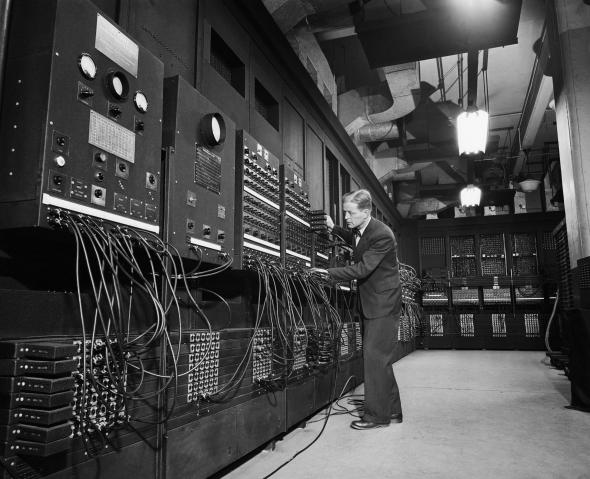Why does IT have such a High Carbon Footprint?
When considering the carbon emissions of the ICT industry, there appears to be a common misconception that because so much is ‘virtual’, it must be sustainable. In fact, almost the opposite is true – with IT expected to be the source of up to 2% of all global carbon emissions by 2030. But why is ICT’s carbon footprint so high, and why is it important for a business to try and be sustainable? Let’s investigate…
IT Hardware Manufacture
IT hardware contributes to carbon emissions at all stages of its lifecycle, but perhaps the greatest impact is had at the point of its manufacture. For example, CO2 Emissions produced to manufacture a laptop sit in the range of 250 – 350 Kg. This means that a full tonne of CO2 is created with the manufacture of just three laptops – and that’s the equivalent of filling a three-bed house with CO2!
Up to 85% of a laptop’s carbon emissions happen during manufacture, the majority of which comes from the excavation of minerals required to produce the device, similarly, intensive use of other resources is also required with circa 190,000 liters of water consumed to produce just 1 laptop.
Ongoing Data Center Emissions
The use of the internet, and in particular, the Cloud, is often underestimated in its impact. Despite its name, the Cloud is a large data center operating on a continuous basis. Data centers are exceptionally impactful on the environment as they require a lot of energy used to power up and cool down. The International Energy Agency estimates that data centers provide 1% of global electricity demand, and contribute to 0.3% of all CO2 emissions.
Ongoing Hardware Emissions
Hardware such as laptops also has an ongoing carbon footprint. Everyday use of IT hardware such as laptops vary in energy consumption but for the most part, the lifetime of a laptop is around 4 years and with an average usage of around 8 hours a day, at least 5 days a week, this demand for power supply is not insignificant.
E-waste Upon EOSL
Given the majority of CO2 tends to occur at the point of manufacture for IT assets, it’s important that we try and reuse or rehome where ever possible, ultimately though there is a point where IT equipment reaches the end of its usable life, it is important to recycle at this stage, ensuring that the minerals consumed can be separated and returned to the manufacturing process and repurposed into new products, preventing the need to re mine.
Procurri interacts with businesses at all points of the IT lifecycle to help them improve their sustainability credentials and lower their overall carbon footprint. Want to know how we can help you? Get in touch!


